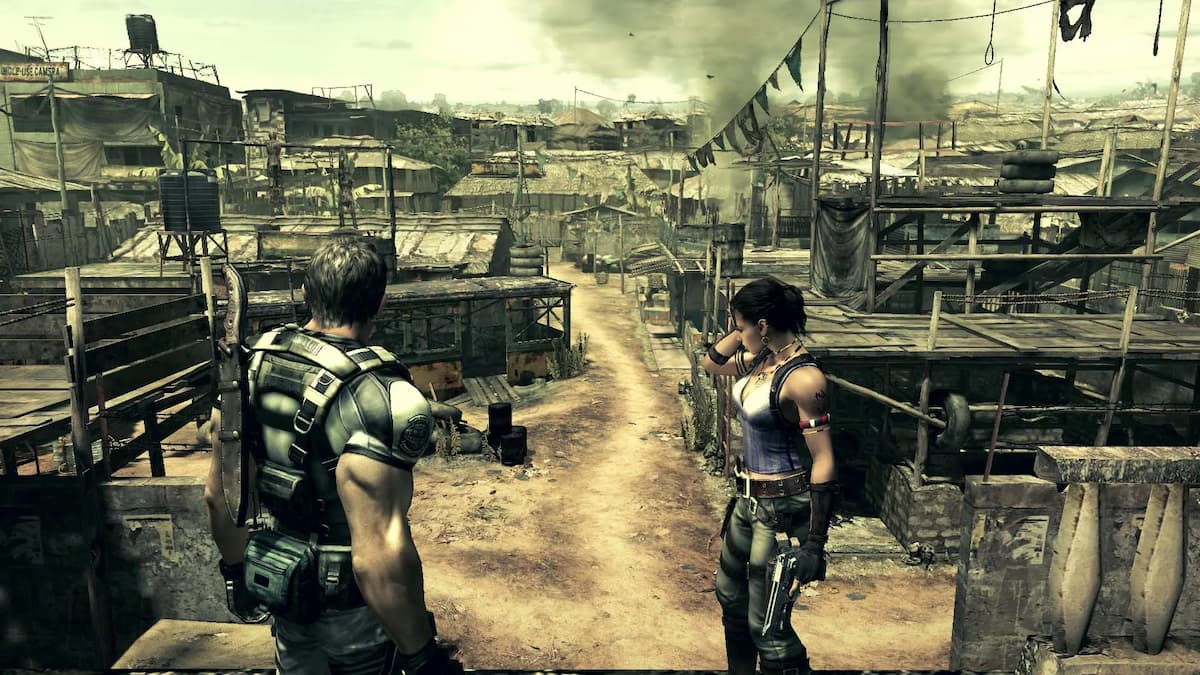Resident Evil 7, Capcom’s beloved horror game that reinvigorated the Resident Evil series, has sold less than 2,000 copies on iOS.
Last year, Apple ceremoniously announced that it was entering the AAA gaming market by bringing some well-known games to the iPhone 15 Pro and iPhone 15 Pro Max. One of the first games it released was Resident Evil 7. First released in 2017, Capcom’s beloved horror series was meant to show just how capable the iPhone 15 Pro was. Even though it was a very successful port from the hardware perspective, Resident Evil 7 failed miserably on iOS.

While Apple hasn’t released an official statement about the sales, several outlets have reported similar findings. Among these outlets, MobileGamer.biz has reported less than 2,000 sales of Resident Evil 7 on iOS. (Thanks to EuroGamer for the info.)
Since its launch on July 2, Resident Evil 7 has been downloaded 83,000 times, but only two percent of players opted to buy the full version for $19,99. Apple also brought other Resident Evil games, Assassin’s Creed Mirage and Death Stranding, to the iPhone, but none performed significantly better sales-wise.
So, why did Resident Evil 7 sell so poorly on the iPhone 15 Pro? The technology was there, the game ran fine, and the price wasn’t too high. For starters, Resident Evil is a seven-year-old game at this point, and most people who were interested had already played the game. Secondly, even though the game runs fine, the resolution is really low, and the screen touch controls aren’t really meant for a big AAA game. You can plug your iPhone into a TV and use a Bluetooth controller, but that pretty much defeats the purpose of having a AAA game on the go.
Arguably, the biggest reason for the game’s poor sales is that mobile gamers just aren’t interested in playing a huge AAA game like Resident Evil 7 on their phone. Most mobile gamers play casual games in very short bursts, far from how Resident Evil should be played. Also, even though the price for the full game was reasonable, mobile gamers are more used to playing the game for free and then paying for microtransactions as they progress.
These reasons show that the mobile gaming and console/PC gaming markets differ. While it’s undoubtedly a technological marvel that Apple managed to bring such high-end games to a small iPhone, it shows that “just because you CAN, doesn’t mean you SHOULD.”












Published: Jul 18, 2024 04:44 am